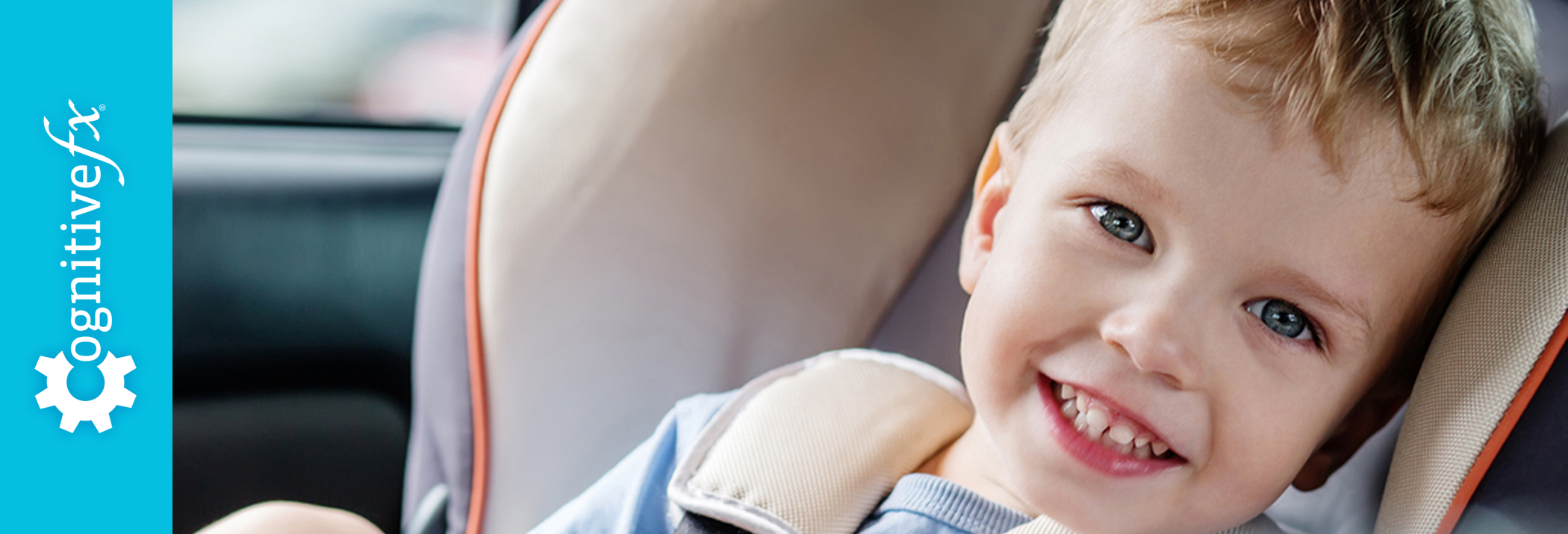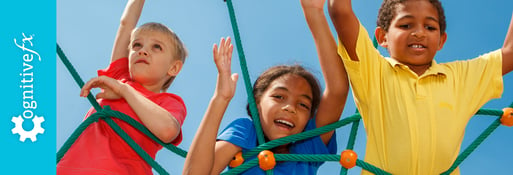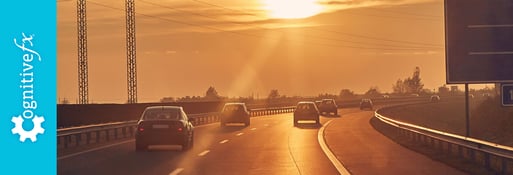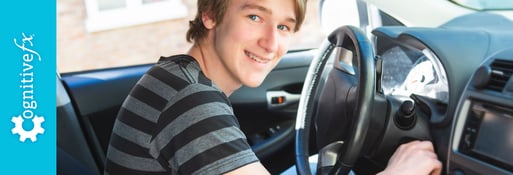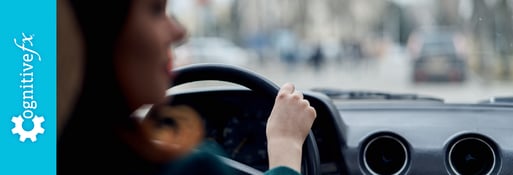This week is Child Passenger Safety Week, and we want to share more about ways to keep your kids safe in the car. Car seats and boosters protect infants and children in a car accident, yet car crashes are a leading cause of death for children aged 1 to 13 years old. Car accidents often lead to traumatic brain injury for the driver and passengers, including children. The most important way to keep kids safe is by using the right car seat for them. Below are the different types of car seats on the market and the age recommendation for each type.
No. 1 Rear-Facing Car Seat
This car seat is designed for newborns and small babies. The rear-facing design cradles and moves with your little one to reduce stress to an infant’s neck or spinal cord. This design is usually outgrown by babies aged 8 to 9 months. It’s recommended a convertible or all-in-one car seat is purchased and installed as rear-facing until the child has reached the height or weight limit stated by the manufacturer.
No. 2 Front-Facing Car Seat
Designed for children aged 1 – 7 years. It is recommended to keep your child rear-facing for as long as possible. Once the height or weight limit is reached for rear-facing travel, your child is ready to travel front facing in the car seat. Children aged 4 – 7 years should remain in a front-facing car seat until they’ve reached the height or weight limit allowed by the car seat manufacturer, so be sure to check each seats limits. Once a front-facing car seat is outgrown, it’s time to transition your little one to a booster seat.
No. 3 Booster Seat
Children aged 8 – 12 years old should travel in a booster seat in the back seat of the vehicle. Your child should remain in a booster seat until he or she is big enough to wear a seatbelt properly. For a seat belt to fit properly, the belt loop must lie snugly across the child’s upper thighs, not on their stomach. The shoulder belt should lie snugly across the shoulder and chest, not across the neck or face.
Remember: the safest place for your child to travel is in the backseat.
You can go to your local police department to have a child passenger safety check done on your vehicle to ensure your children are correctly secured during travel. Proper safety restraints can dramatically reduce the likelihood of serious injury or death to children involved a traffic accident. Get to know the car seat laws for your state to keep your children safe during travel.
Children also are in one of the highest risk populations for sustaining a traumatic brain injury. Car accidents are in the top 5 causes of a brain injury. Keeping children safe in the car is important for keeping them alive, and protecting them from being injured or hurt in a car accident.
At Cognitive FX, our goal is to not only treat post-concussion symptoms or brain injuries, but to bring awareness and provide education to understanding other ways brain injury can occur so traumatic brain injuries can be prevented. Take time this week to review your kids’ booster seats to ensure they are correctly installed, and that each child is using the appropriate seat to minimize their risk for an injury.

